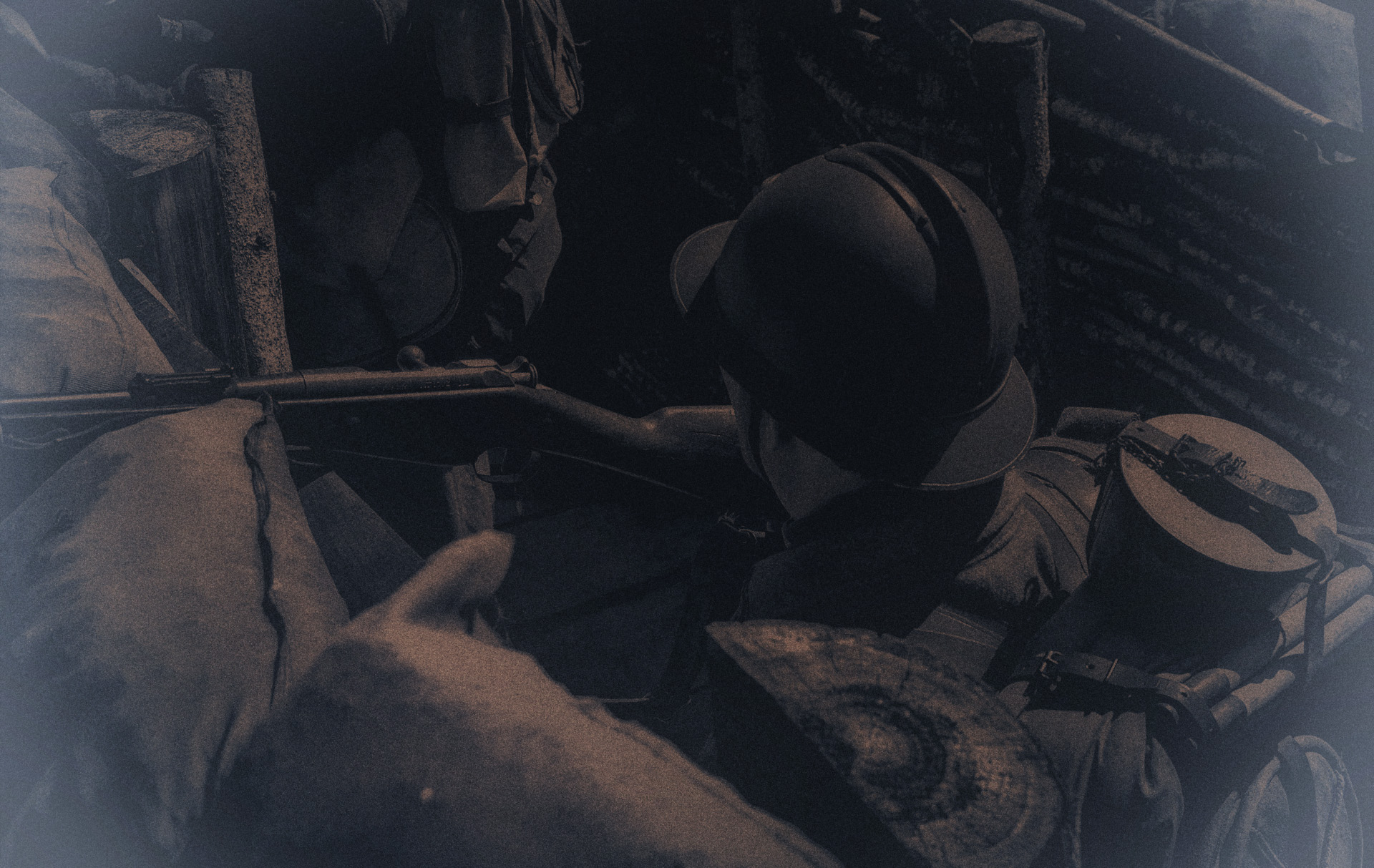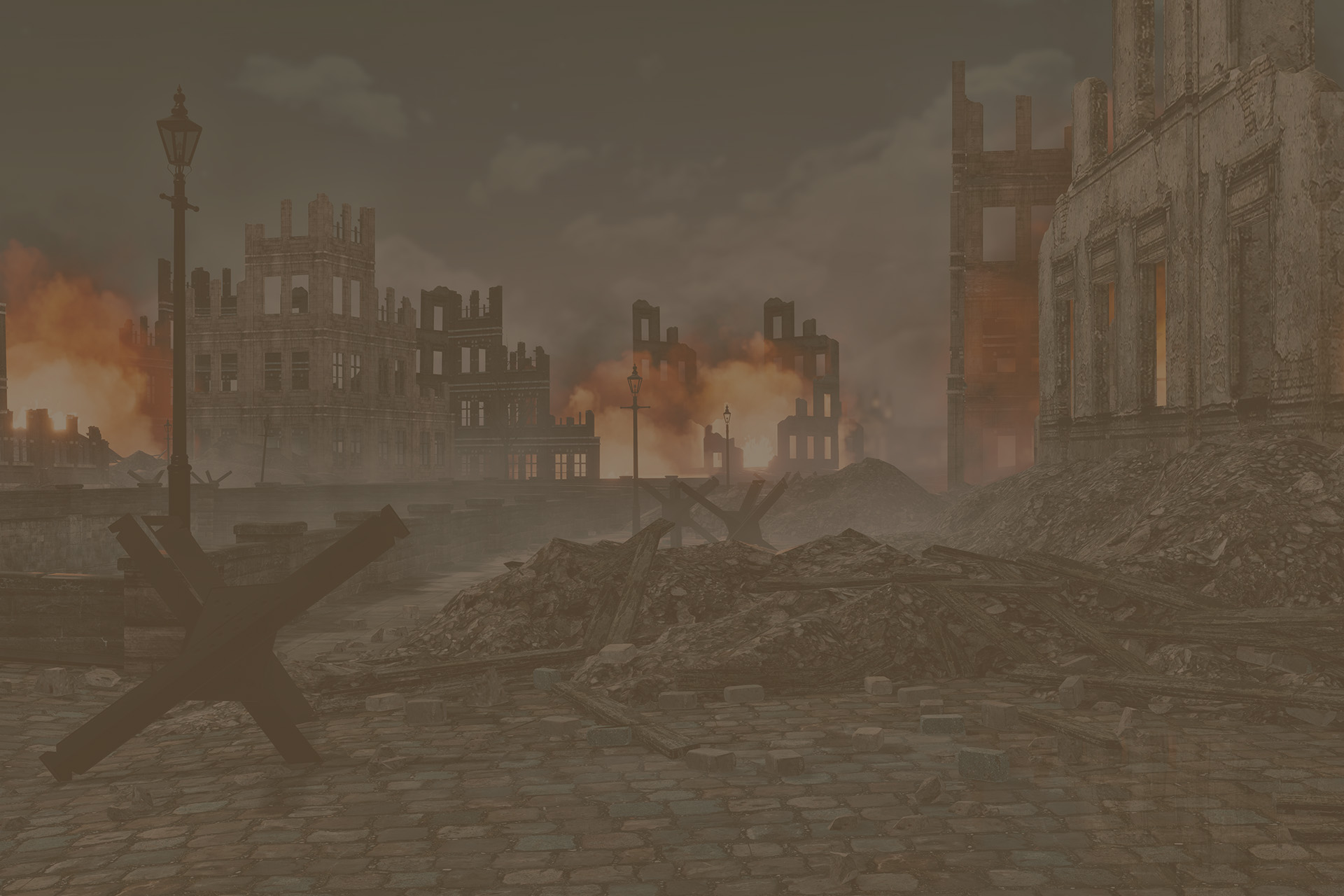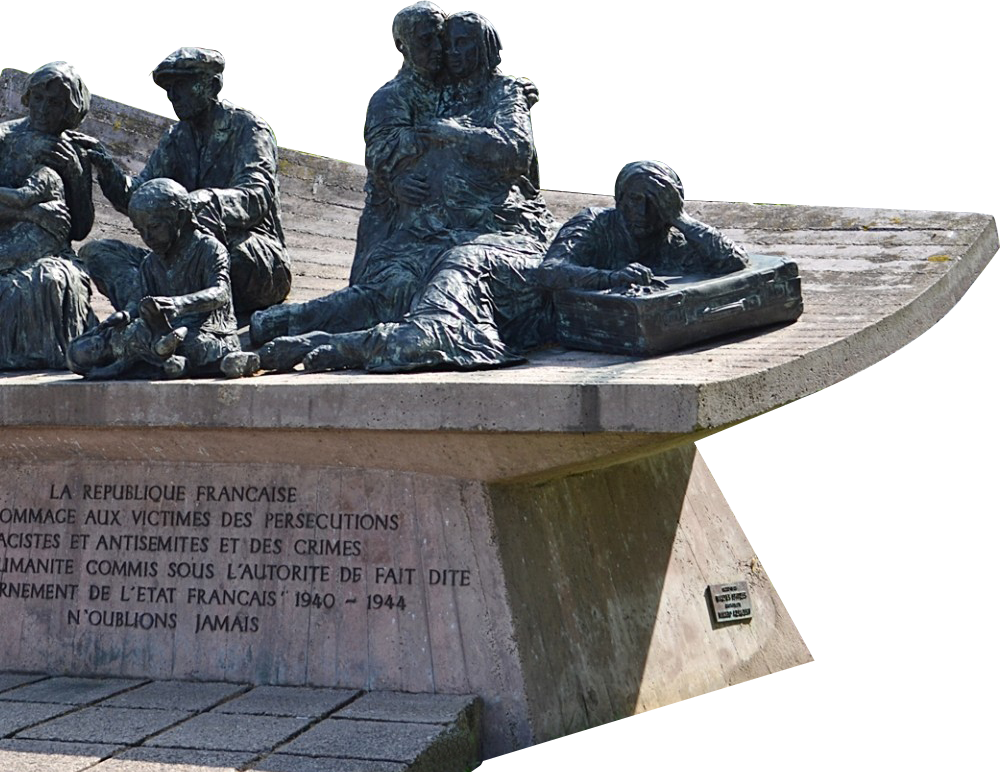
The best WWII sites to remember the fallen heroes
01
Where the heroic actions took place
There are certainly history books that tell us about these tragic events and acts of heroism. There are films that evoke what was, on the ground, the universal conflict that changed the face of the world. But nothing is as dizzying as being on the spot, in the very place where these events took place, and thinking that a little more than 60 years ago, the fate of the world was at stake. It is therefore difficult to walk around Europe without being confronted with the events that helped to forge it.

Famous battles in famous locations
During the Second World War (1939-1945), the conflict spread throughout the world. Among the many clashes that took place, some of the battles of World War II definitely made history. here, we present the famous sites these battles took place in…

02
Vel d’Hiv Monument, Paris XV, France
Although the Velodrome d’Hiver in Paris was destroyed in 1959, a few stigmata remind us that it was the site of the largest round-up of Jews in France. On the 16th and 17th July 1942, 13,000 people were arrested. More than 8,000 were installed in this Velodrome for 5 days, without food and with only one water point, before being sent to Drancy, Beaune-la-Rolande or Pithiviers in the Loiret. Only a hundred of these prisoners will survive the deportation.
It was the sculptor and painter Walter Spitzer and the architect Mario Azagury who signed in 1994 this monument with a curved base (to evoke the velodrome) in memory of the innocent civilians on the edge of the Quai de Grenelle.

13,000 people arrested

More than 8,000 put in it

5 days without food

Only a hundred will survive
03
Arnhem Bridge, The Netherlands
This bridge is the hero of the film “A Bridge Too Far” and was above all the focus of a vast airborne military operation designed to ensure the invasion of Germany in 1944. Two strategies: break through the Siegfried Line in the hope that the German defences would be weakened on their western flank, or bypass this line from the north and enter through the Ruhr.
This plan, “Operation Market Garden” involves taking several strategic bridges. The Arnhem Bridge was to be held for two days, it will be held for nine days by Lieutenant Colonel Frost during one of the most epic battles of World War II.

Omaha Beach
Among the Calvados beaches that were the scene of the Allied landings, “Bloody Omaha” is surely the best known, 8 kilometres of battlefield from Sainte-Honorine-des-Pertes to the east as far as Vierville-sur-Mer. As a break, a short stop at the American cemetery will allow us to say thank you to the 9387 soldiers who rest there after having saved us.

The enamel Factory
The Nais claimed that “work makes you free”, in certain circumstances it just keeps you alive. This is how Oskar Schindler, a German industrialist, was able to save more than a thousand Jews promised to certain death by hiring them in his enamel factory, paying bribes to Nazi officers to obtain this labour. So the news and the film that everyone knows has its origin here in Krakow.
Umschlagplatz, Warsaw
From this place at the end of the Warsaw ghetto, thousands of Jews had been leaving daily since 1942 for the Treblinka extermination camp 80 km away. 270,000 Jews were deported after passing through this airlock, which makes the place quite impressive even today.
04
Oradour-Sur-Glane, France
This is June 10, 1944, a few days after the Normandy landings. The 2nd SS Das Reich Armoured Division is under orders to make terror reign in order to discourage acts of resistance. For that purpose, orders are given to massacre civilians, to hang by turns and not to make any detail.
In the aftermath of a bloody intervention in Tulle which resulted in 99 victims, the division surrounded Oradour, using the pretext of searching for a cache of weapons, ordered the inhabitants to gather together, shot 642 people and burned everything. Since then, time has stood still and a new village has been built next door to keep the memory alive.